
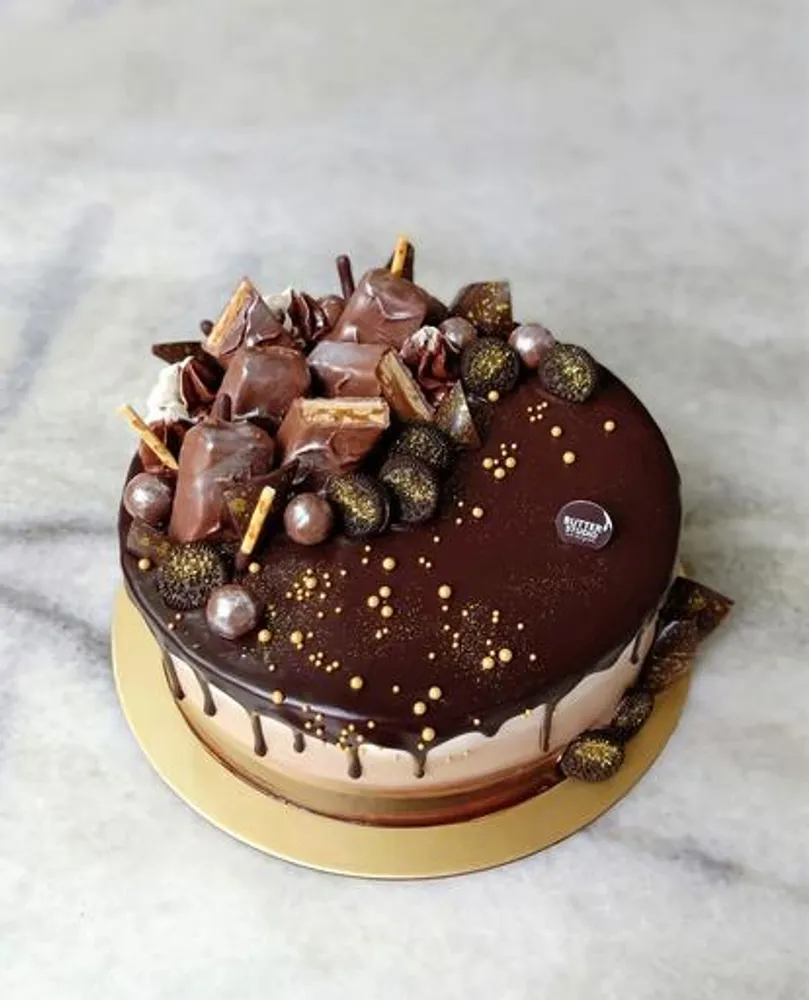
Each cake tells a story of its origin, culture, and tradition. From the rich, creamy layers of European tortes to the delicate, airy sponge cakes of Asia, these desserts are a testament to the universal love for sweetness. Get ready to satisfy your sweet tooth and expand your culinary horizons.
Cakes are more than just a dessert; they are a symbol of celebration, unity, and tradition. For instance, the towering wedding cakes of Western cultures symbolize prosperity and fertility, while the mooncakes of China, consumed during the Mid-Autumn Festival, represent unity and completeness. In Japan, the delicate matcha-flavored cakes are a testament to the country’s tea culture and the importance of balance and harmony in their cuisine.

France, the land of romance, is also the birthplace of the delicate Ispahan Cake. This luxurious dessert combines taste and fragrance in perfect harmony, epitomizing the French’s passion for culinary mastery.
The Ispahan Cake, often just referred to as “Ispahan,” finds its roots in more recent French patisserie history. It was popularized by Pierre Hermé, a world-famous French pastry chef. Inspired by the city of Isfahan in Iran, this dessert quickly gained fame for its unique blend of flavors. The name “Ispahan” reflects its Middle Eastern inspiration, evoking images of rose gardens and ancient Persian delights.
Creating an Ispahan Cake demands attention to detail and an appreciation for delicate flavors. Here are the fundamental components:
The process involves sandwiching layers of rose macaron with lychee and rose cream, and then embellishing with fresh raspberries. The cake is completed with a sprinkle of rose petals and occasionally a touch of shimmer. The result is a dessert that not only tastes divine but also looks like a work of art.
Relishing an Ispahan Cake is a sensory delight. It’s best savored chilled, allowing you to immerse in its fragrant and fruity notes. Pair it with a rose tea or a flute of sparkling rosé for an unmatched gastronomic experience. Whether celebrating a milestone or indulging on a quiet evening, the Ispahan Cake infuses a hint of French sophistication to the ambiance.
So, the next time you’re in France, don’t miss out on tasting this exquisite dessert. Or even better, embrace the essence of French patisserie by making an Ispahan Cake in your own kitchen. It’s a culinary adventure you’ll cherish.
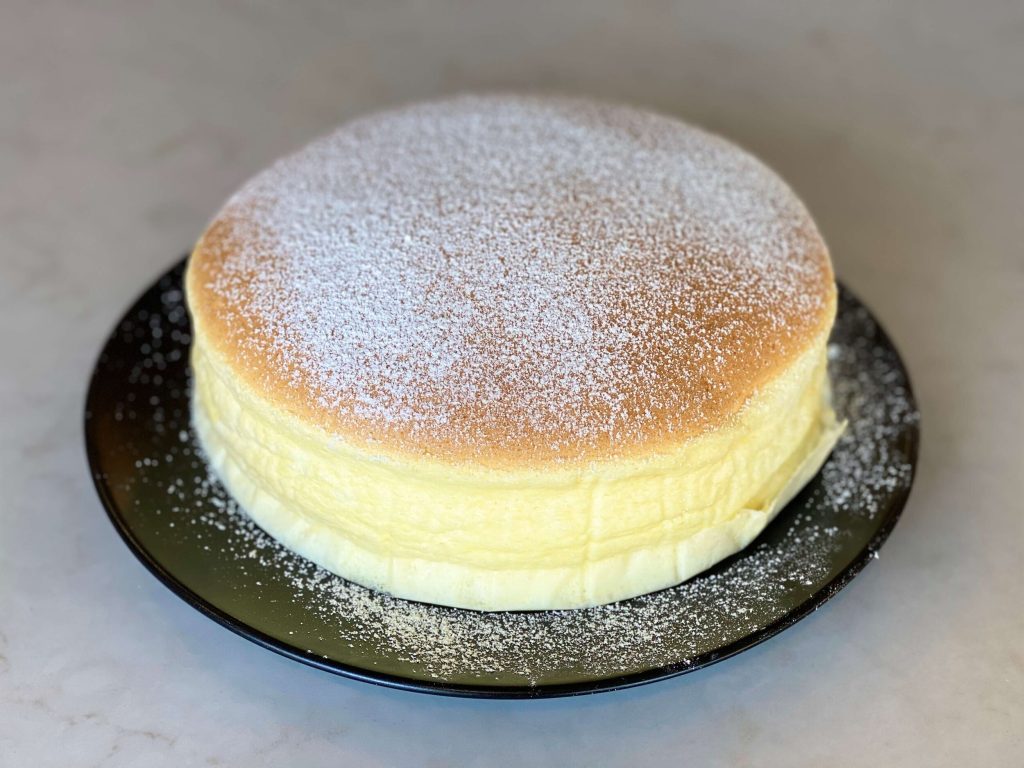
Venturing into the Land of the Rising Sun, we encounter the Fluffy Japanese Cheesecake, a dessert that is as unique as the culture it originates from. Unlike the dense, rich New York-style cheesecake, the Japanese version is light, airy, and delicately sweet.
What sets the Japanese Cheesecake apart is its texture. It’s a delightful fusion of a traditional cheesecake and a sponge cake, resulting in a dessert that’s fluffy, moist, and creamy all at once. This cake is a testament to the Japanese philosophy of balance, combining the richness of cream cheese with the lightness of a sponge cake.
The secret to the fluffiness of the Japanese Cheesecake lies in the egg whites. They are whipped into a meringue and then folded into the cream cheese mixture. This technique infuses the batter with air, resulting in a cake that rises high in the oven and has a light, airy texture. It’s a meticulous process that requires precision and patience, much like the Japanese tea ceremony.
The subtle sweetness of the Japanese Cheesecake makes it a versatile dessert that pairs well with a variety of flavors. Here are a few suggestions:
The Fluffy Japanese Cheesecake is a dessert that embodies the essence of Japanese cuisine – simplicity, balance, and a deep respect for ingredients. It’s a cake that invites you to slow down, savor each bite, and appreciate the artistry that goes into its creation.
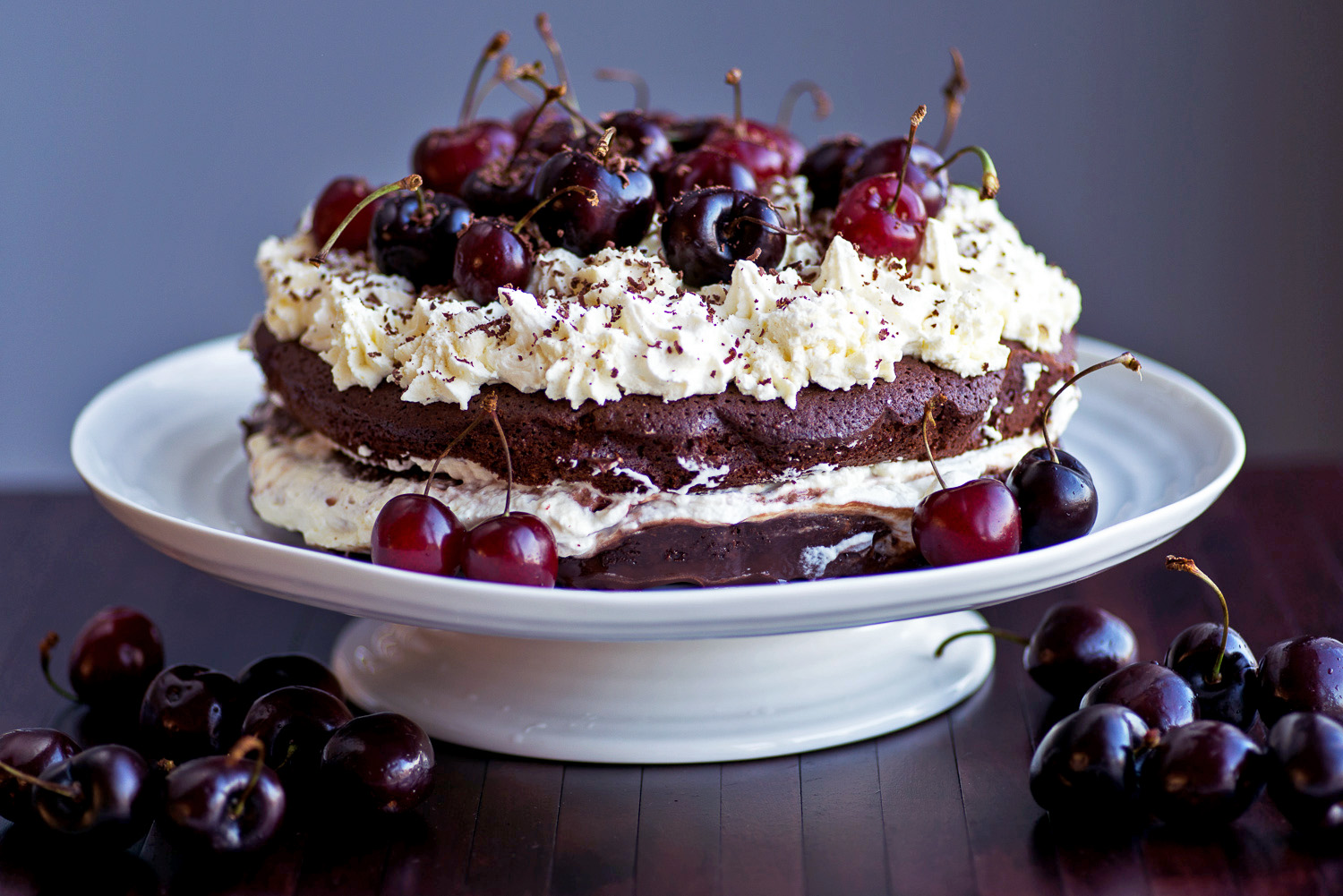
Venturing into the heart of Europe, we discover a German classic – the Black Forest Cake. This rich, decadent dessert is a testament to Germany’s love for cherries, cream, and chocolate.
The Black Forest Cake, or Schwarzwälder Kirschtorte in German, traces its roots back to the 16th century. The cake gets its name from the Black Forest region in Germany, known for its sour Morello cherries and Kirsch, a clear cherry brandy. The cake was originally a cherry dessert served with cream and Kirsch. It wasn’t until the late 19th century that it evolved into the layered cake we know today, when baking powder became widely available, allowing for the creation of sponge cake layers.
Cherries play a pivotal role in the Black Forest Cake, adding a burst of flavor and a pop of color. The cake traditionally uses Morello cherries, which are known for their tartness. These cherries are cooked into a compote and layered between the sponge cake, providing a tangy contrast to the sweet cream and chocolate. The cake is then topped with fresh cherries and powdered sugar for a beautiful finish.
Serving a Black Forest Cake is an event in itself. The cake is typically presented in all its glory, with layers of chocolate sponge cake, cherry compote, and whipped cream visible from the sides. A generous dusting of chocolate shavings covers the top, along with a crown of fresh cherries.
When it comes to enjoying this German delight, a slice of Black Forest Cake is best savored slowly. The combination of the moist sponge cake, tart cherries, and sweet cream creates a symphony of flavors that are meant to be relished. Pair it with a cup of coffee or a glass of Kirsch for an authentic German dessert experience.
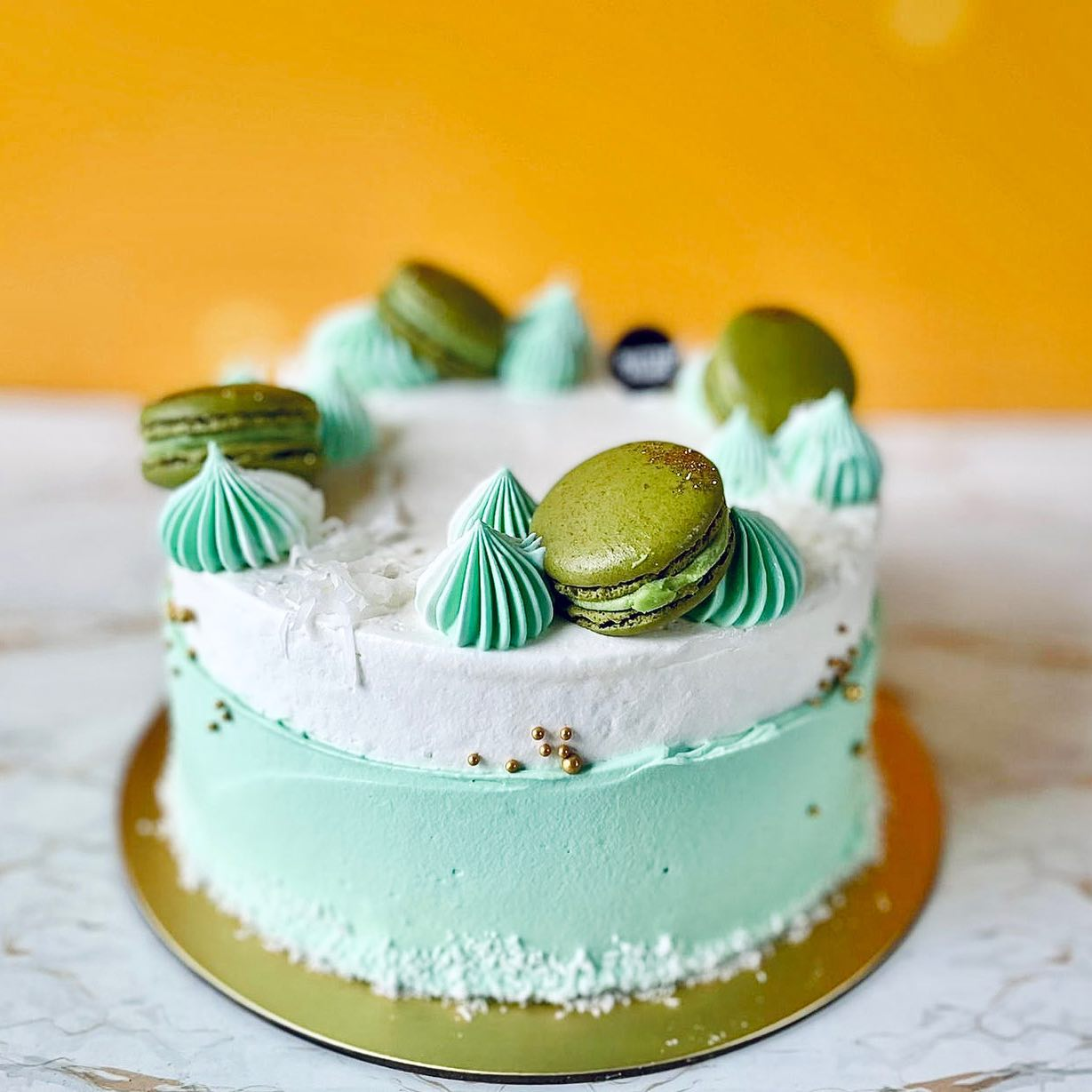
Venturing into the heart of Singapore, we discover the delightful ondeh ondeh cake. This unique dessert, inspired by traditional Ondeh Ondeh balls, combines the fragrant allure of pandan with the sweetness of palm sugar, showcasing Singapore’s rich culinary heritage.
The origins of Ondeh Ondeh cake are intertwined with the traditional Ondeh Ondeh dessert – glutinous rice balls filled with molten palm sugar and coated in grated coconut. The cake version is a contemporary spin on this beloved treat, infusing its iconic flavors into layered sponge cakes. This evolution reflects Singapore’s dynamic food scene, which frequently blends traditional tastes with modern presentations. The prevalence of this cake has made the ondeh ondeh cake one of Singapore’s traditional cakes for the next century.
Pandan, often referred to as the “vanilla of Asia,” imparts a unique aromatic fragrance to the Ondeh Ondeh cake. This green extract balances perfectly with the gooey, caramel-like flavor of palm sugar, which seeps into the cake layers. Just like the original dessert, these two ingredients are the stars, giving the cake its characteristic taste and vibrant green hue.
To truly appreciate an Ondeh Ondeh cake, consider these suggestions. Firstly, enjoy the cake slightly chilled to get that moist, refreshing texture characteristic of tropical desserts. Pair it with a cup of light tea or local Singaporean kopi (coffee) to balance the cake’s sweetness. Lastly, let each bite linger, allowing the fusion of pandan and palm sugar to dance on your palate.
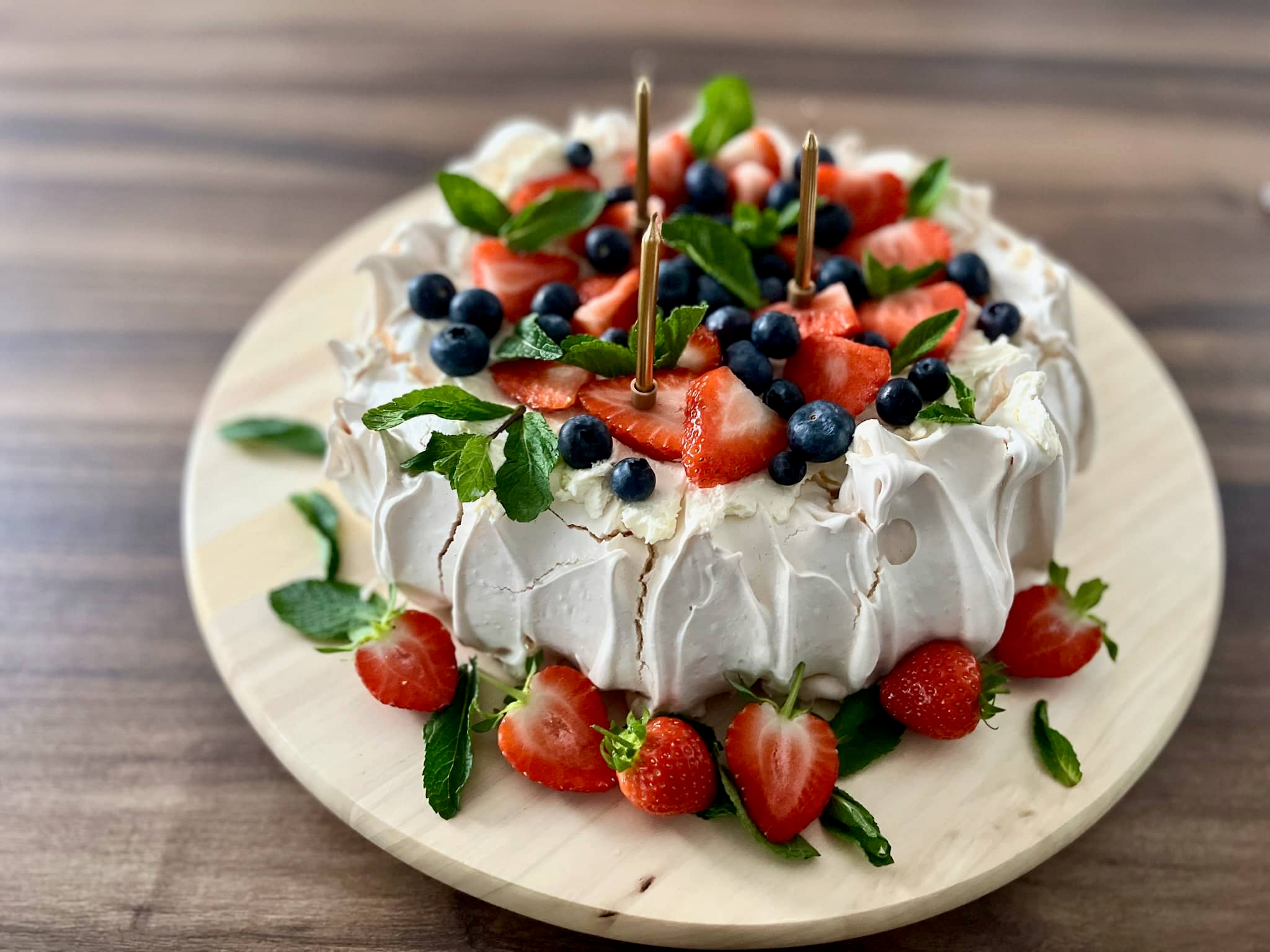
Delving into the world of international desserts, we find ourselves in the Southern Hemisphere, specifically Australia and New Zealand, where the Pavlova cake reigns supreme. This classic meringue-based dessert is named after the Russian ballerina Anna Pavlova, who toured both countries in the 1920s.
Despite the ongoing debate between Australia and New Zealand about the cake’s origin, the Pavlova cake’s creation is a testament to culinary ingenuity. The dessert’s base is a meringue shell, crisp on the outside and soft on the inside, typically topped with whipped cream and fresh fruits.
This meringue cake has a unique texture achieved through the careful addition of vinegar and cornflour to the egg whites and sugar mixture, resulting in a marshmallow-like interior beneath the crunchy exterior.
Undoubtedly, the heart of the Pavlova cake is its meringue. The process of creating the perfect meringue is both an art and a science. It begins with beating egg whites until they form stiff peaks, then gradually adding sugar while continuing to beat the mixture.
The addition of vinegar and cornflour is the secret to achieving the Pavlova’s distinctive soft and fluffy interior. The meringue is then baked at a low temperature for an extended period, allowing it to dry out and form a crisp shell.
The Pavlova cake’s versatility is one of its most appealing aspects. While the traditional topping is whipped cream and fresh fruits, the possibilities are endless. Here are a few ways to enjoy a Pavlova cake:
In conclusion, the Pavlova cake is a delightful dessert that showcases the versatility of meringue and the creativity of bakers. Whether you’re enjoying it in its traditional form or experimenting with new flavors, the Pavlova cake is a sweet treat that’s sure to impress.
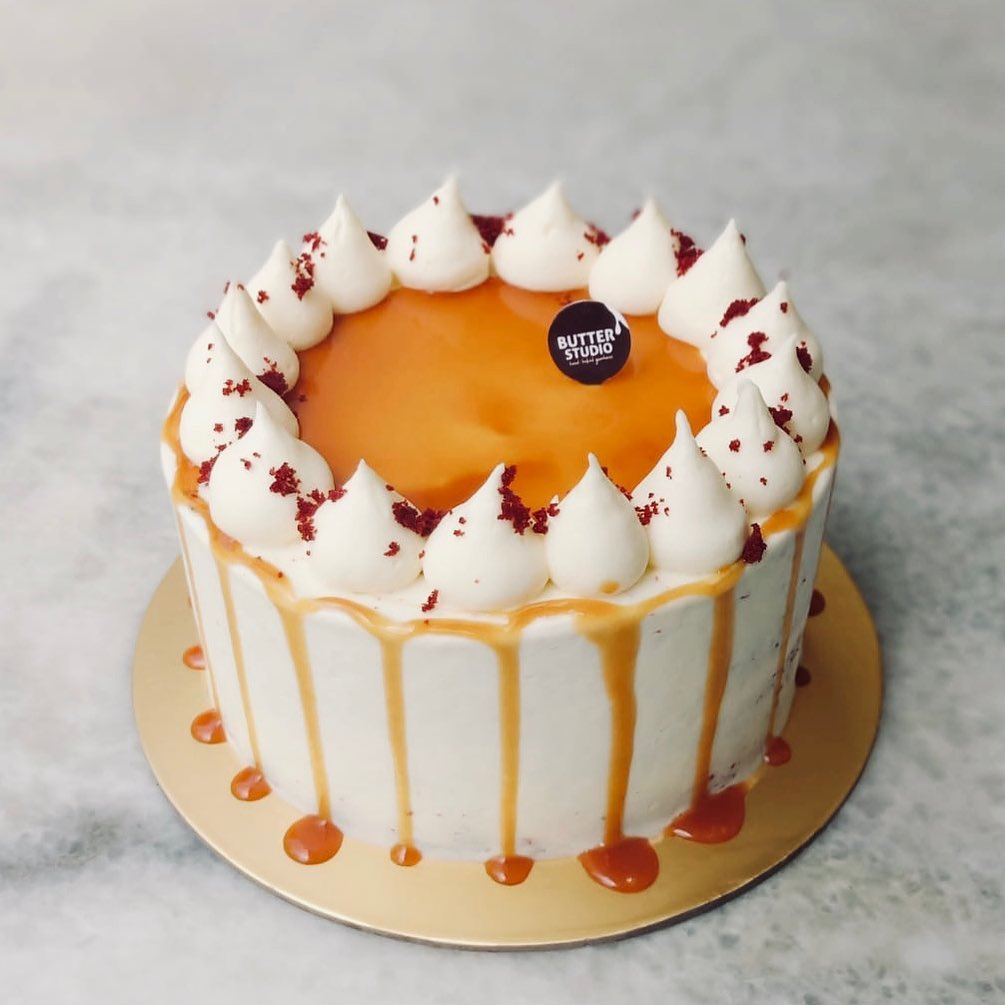
Journeying into the heart of the American South (think Texas, Florida, Alabama), we come across the iconic Red Velvet Cake. This cake is not just a delectable treat, but a vibrant symbol of Southern hospitality and tradition.
The Red Velvet Cake stands out with its rich crimson hue and velvety texture. Its history is believed to have started in the early 20th century, though its exact origins remain a topic of debate. What’s clear, however, is its association with Southern charm and graciousness. Today, it graces the tables of many special occasions across the U.S., especially in the South.
The distinguishing feature of the Red Velvet Cake is its brilliant red color, traditionally achieved through a reaction between acidic buttermilk, vinegar, and natural cocoa powder. However, with the rise of food coloring, its vivid shade became even more pronounced. Complementing its soft crumb is the creamy, tangy cream cheese frosting, providing a contrast not just in color but in flavor as well.
The Red Velvet Cake is synonymous with celebrations. Whether it’s a birthday, wedding, or a holiday gathering, this cake epitomizes festivity and joy. On Valentine’s Day, it becomes even more popular due to its romantic hue, symbolizing love and passion.
In conclusion, Red Velvet Cake is more than just a tantalizing dessert. It’s a testament to Southern heritage, celebrations, and the joyous moments in life. Whether you’re marking a special milestone or simply indulging in a sweet craving, this cake offers a rich, delightful experience.
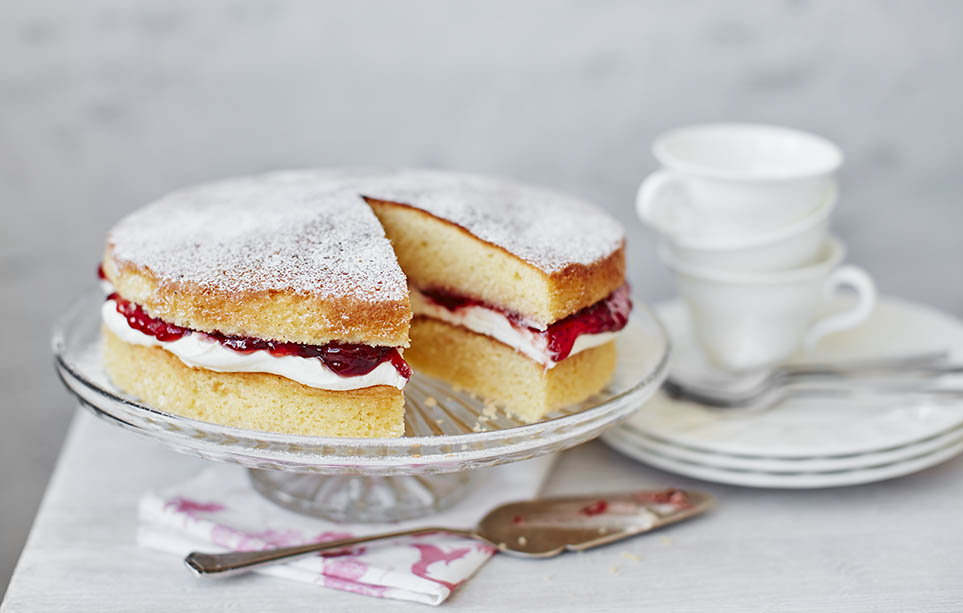
Venturing into the United Kingdom, we encounter a cake steeped in royal history and tradition – the Victoria Sponge Cake. Named after Queen Victoria, who reportedly enjoyed a slice with her afternoon tea, this cake is a testament to British baking.
The Victoria Sponge Cake, also known as the Victoria Sandwich, dates back to the 19th century. During Queen Victoria’s reign, the Duchess of Bedford introduced the concept of “afternoon tea” to stave off hunger between lunch and dinner. This light sponge cake quickly became a staple of these gatherings, earning its royal name.
Despite its royal status, the Victoria Sponge Cake is a model of simplicity. It consists of two sponge cakes sandwiched together with a layer of raspberry jam and dusted with icing sugar. Some variations include a layer of whipped double cream. The ingredients are straightforward – eggs, flour, sugar, and butter – but the result is a light, airy cake that is both elegant and delicious.
Serving a Victoria Sponge Cake is an art in itself. Traditionally, it is cut into small, triangular wedges and served on fine china plates. The cake is often accompanied by a pot of hot tea, preferably Earl Grey or Darjeeling, poured into delicate bone china cups. This ritual harks back to the afternoon tea tradition and adds a touch of British refinement to any gathering.
Indeed, the love for cakes is a universal phenomenon. Across continents and cultures, cakes are a symbol of celebration, a token of love, and a treat for the senses. They are the centerpiece of birthdays, weddings, anniversaries, and countless other joyous occasions.
From the dense, fruity richness of a British Christmas cake to the light, fluffy texture of a Japanese cheesecake, every culture has its unique cake that brings joy and unity. For instance, in Sweden, the Princess Cake, a dome-shaped sponge cake filled with jam and cream, and covered with marzipan, is a staple at celebrations. Meanwhile, in Mexico, the Tres Leches cake, a sponge cake soaked in three kinds of milk, is a beloved dessert that transcends generations.
Exploring new cake flavors is not just a culinary adventure but also a cultural education. Each bite can tell a story of a country’s history, tradition, and way of life. For example, the Basque Burnt Cheesecake, a specialty of Spain’s Basque Country, is a testament to the region’s love for rustic, uncomplicated flavors. On the other hand, the vibrant colors and bold flavors of India’s Mawa Cake reflect the country’s rich, diverse culture.
Incorporating these global cakes into your celebrations can add an exciting, exotic touch. For a birthday, why not swap the traditional chocolate cake for a German Black Forest Gateau? Or for a wedding, consider a French Ispahan Cake, a tower of cream-filled choux pastry balls bound with threads of caramel. Even for a simple afternoon tea, a slice of Victorian Sponge or a piece of Kiwi Pavolova can elevate the experience.
At Butterstudio, we are experts in creating all types of custom cakes. Whether it is for a birthday celebration or an anniversary, our ability to craft any kind of halal custom cakes and cupcakes will surely impress your guests!
In conclusion, cakes are more than just sweet treats. They are a celebration of our shared love for sweetness, a testament to our cultural diversity, and a delicious way to explore the world. So, the next time you’re planning a celebration or craving a sweet treat, why not take a culinary trip around the globe with a unique cake from a different corner of the world?


